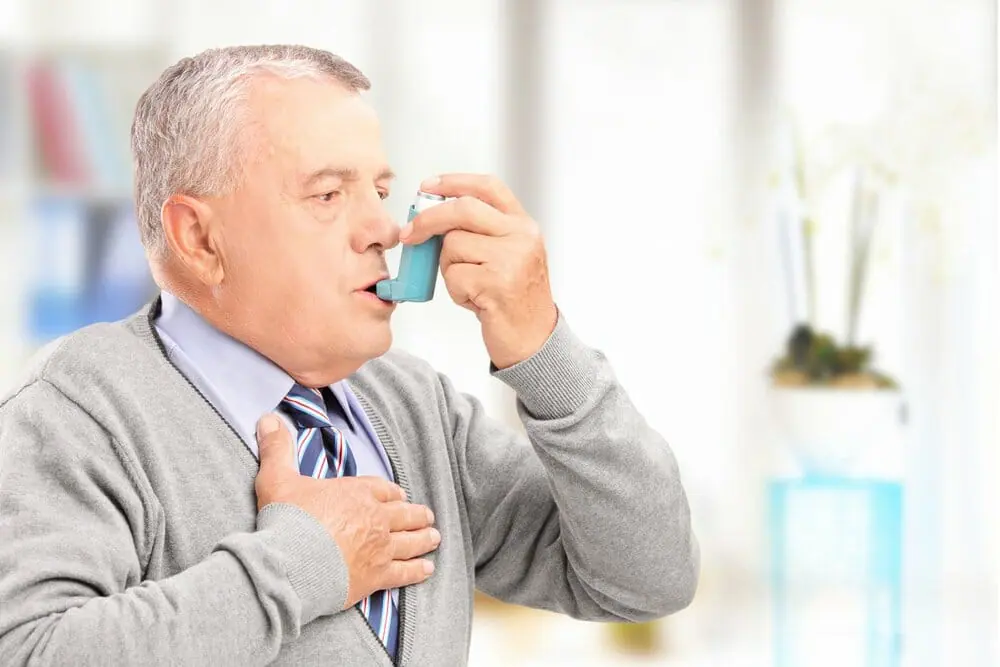First Aid is defined as the medical attention that is given to an ill or injured person before medical experts arrive on the scene. This course follows Nationally Accepted guidelines and is valid for 2 years.
A breathing emergency (considered to be a medical emergency) is any respiratory problem that can threaten a person’s life. It can range from not being able to take a breath to not being able to breathe at all.
There are many different causes that can lead to a breathing emergency. Some of these include:
Allergic reactions
Asthma
Chest injury or infection
Choking
Fear, pain or anxiety
Fumes inhalation
Heart attack
Heart disease or heart failure
Infection (i.e., pneumonia), collapsed or punctured lungs
Injury to the head, neck or chest
Smoking
Breathing is very rapid or very slow
Chest pain
Confused and aggressive behavior
Cough
Noisy breathing (wheezing or whistling sounds)
Pale or blue face, lips and fingers
Shortness of breath or troubled breathing
Asthma:
Asthma is the third highest cause of hospitalization amongst those under the age of 15. Many people that have this medical condition are aware of it and carry an inhaler for use in an emergency.
Asthma attacks can be triggered by many things, such as:


American CPR Care Association provides training in online CPR certification, AED training and Standard First Aid for lay-responders and Healthcare Providers.
American CPR Care Association is rated 4.7 out of 5 based on 48,237 ratings.
All content Copyright 2024 © – American CPR Care Association. All rights reserved.